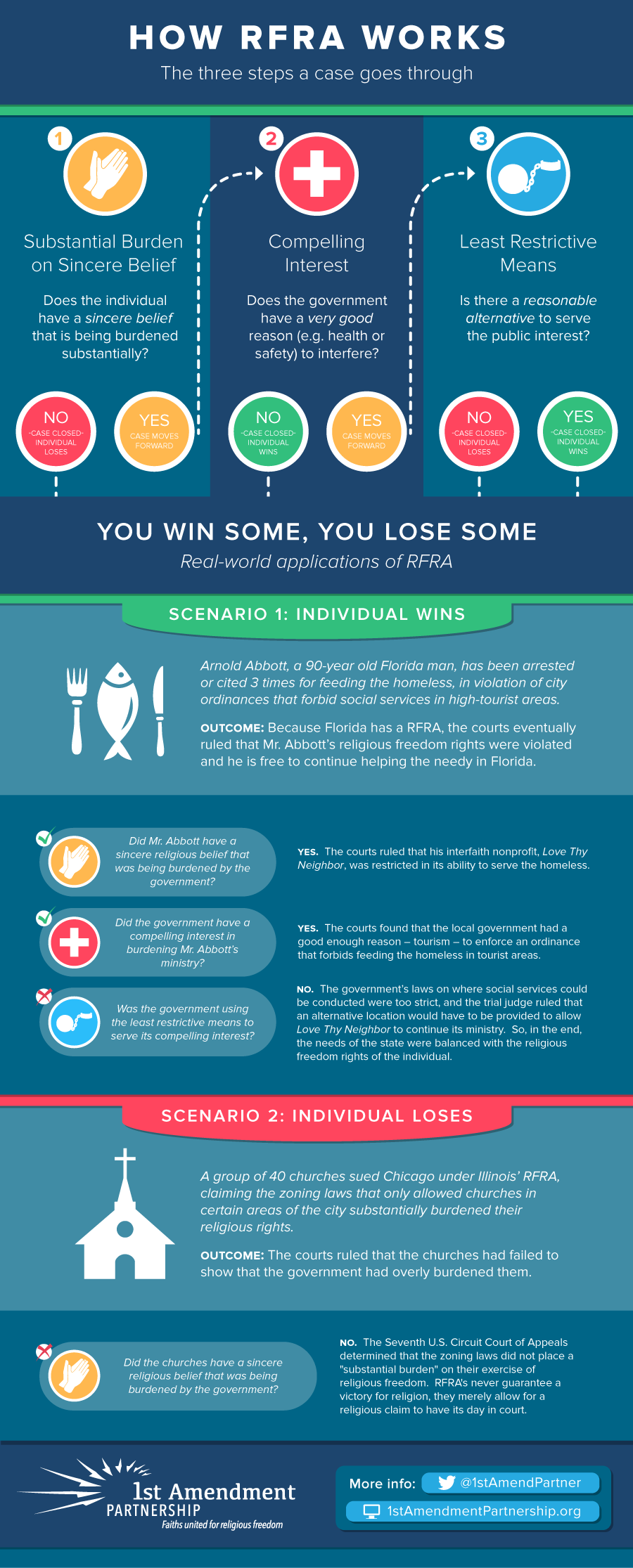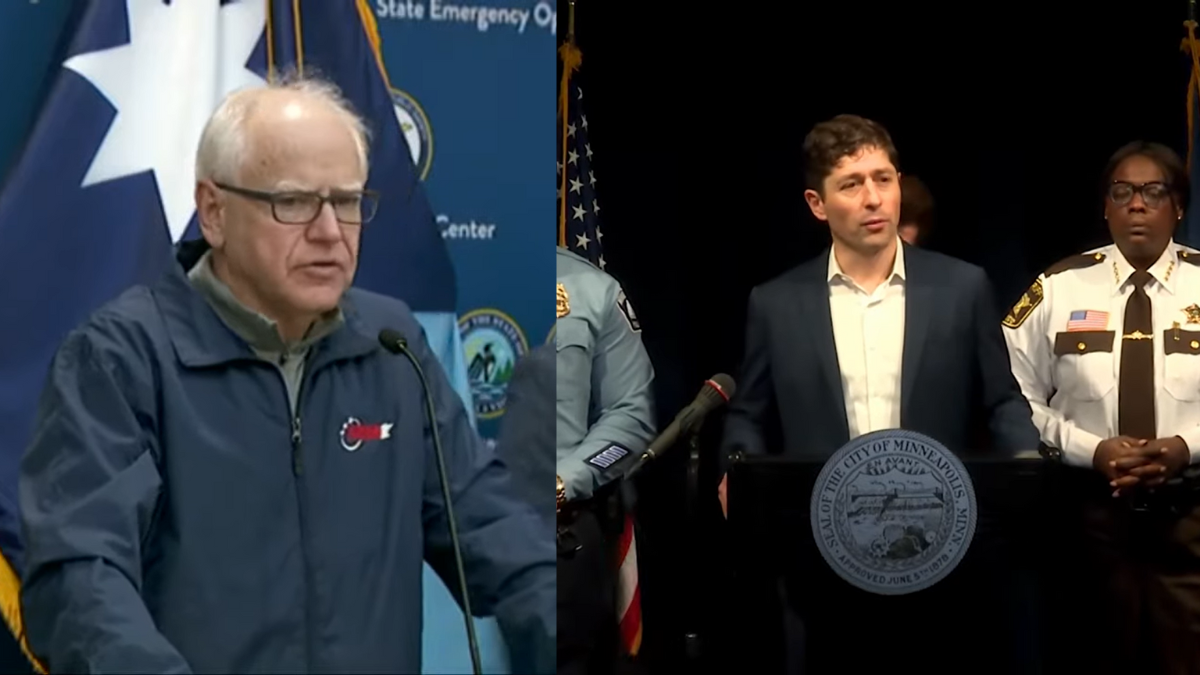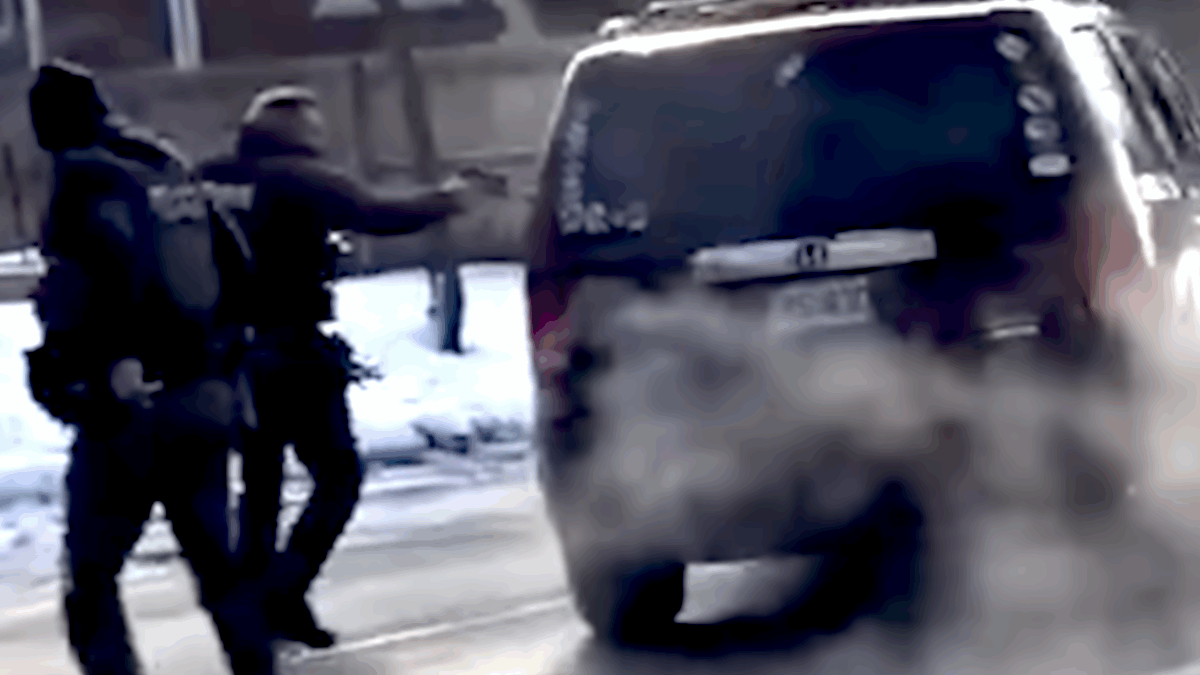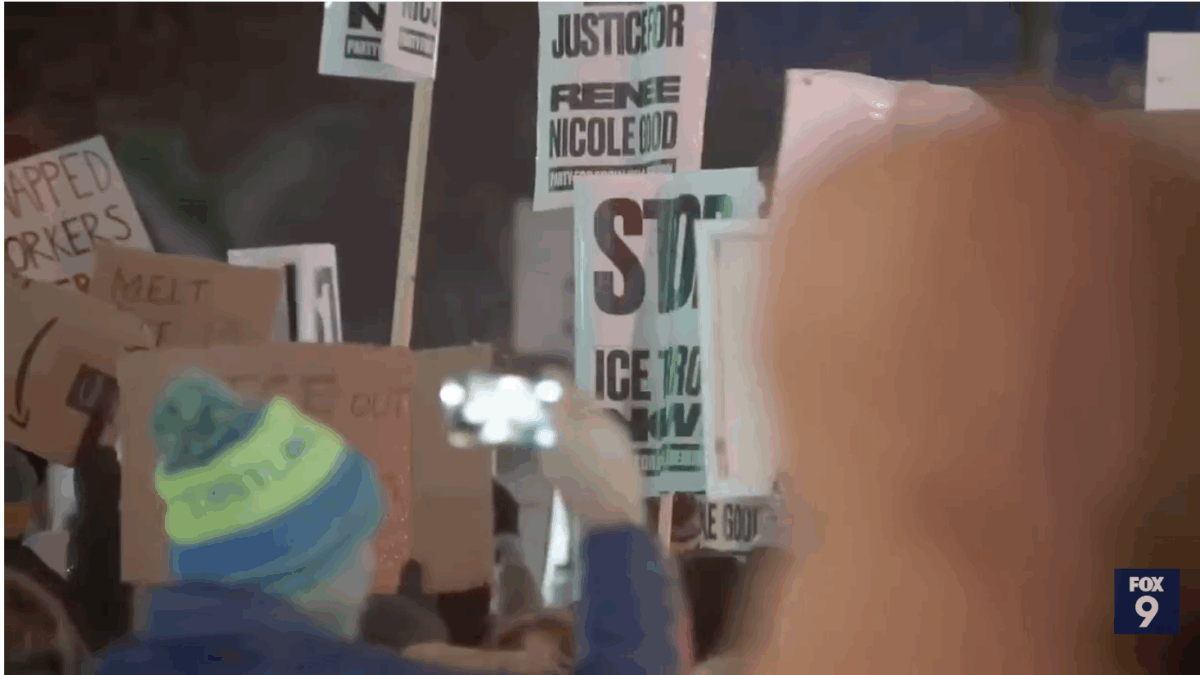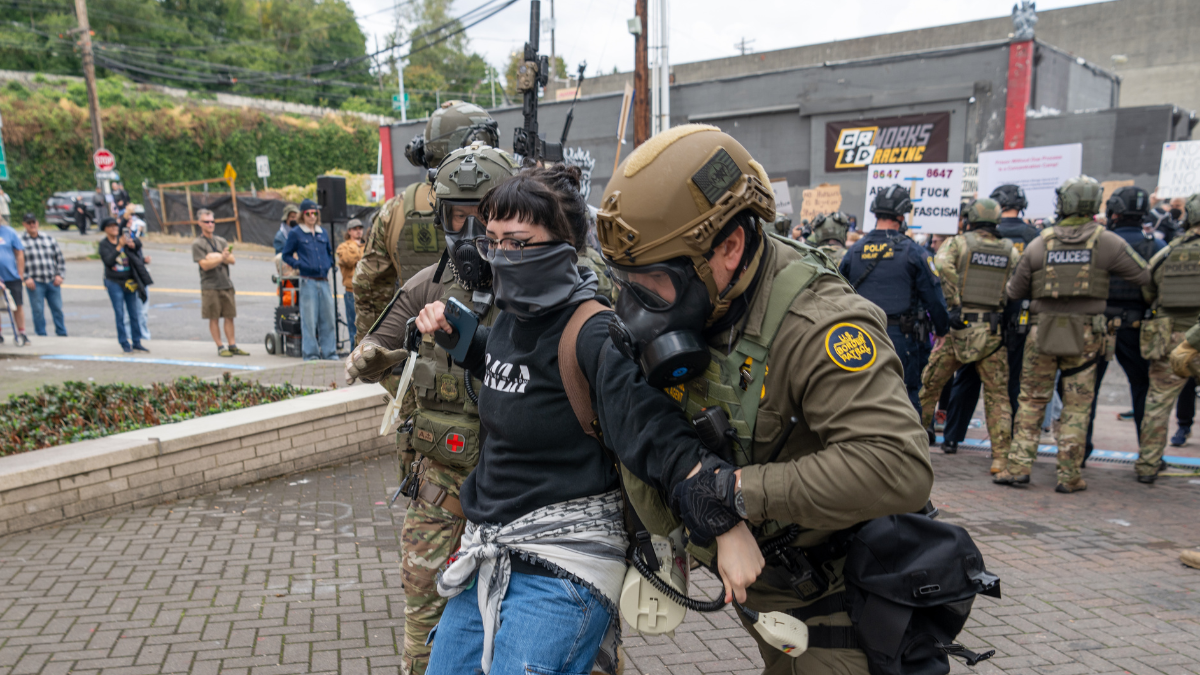Despite the deliberate misinformation being spread by Leftist activists and their friends in the media, the Religious Freedom Restoration Act, or RFRA, is not a complicated law. It is not difficult to understand. It is not a blanket license to discriminate.
The RFRA statutes, which currently bind nearly two dozen state governments as well as the federal government, require courts to use a simple balancing test when weighing the facts of specific religious freedom cases. The laws state that the government may only substantially burden the free exercise of religion of a person or organization if the government 1) has a compelling interest to do so, and 2) is using the least restrictive means possible to further that compelling interest. In legal parlance, RFRA requires courts to use strict scrutiny when adjudicating these types of cases.
That’s it. And in each case, the courts have to weigh all the different and unique facts to determine if someone’s free exercise of religion has been substantially burdened, if the government has a compelling reason to cause that burden, and if the government’s actions are the least burdensome means of achieving that reason.
The following infographic from the 1st Amendment Partnership very clearly spells out what RFRA does, how it’s used by courts, and what happens at the end of a case where RFRA is invoked:
